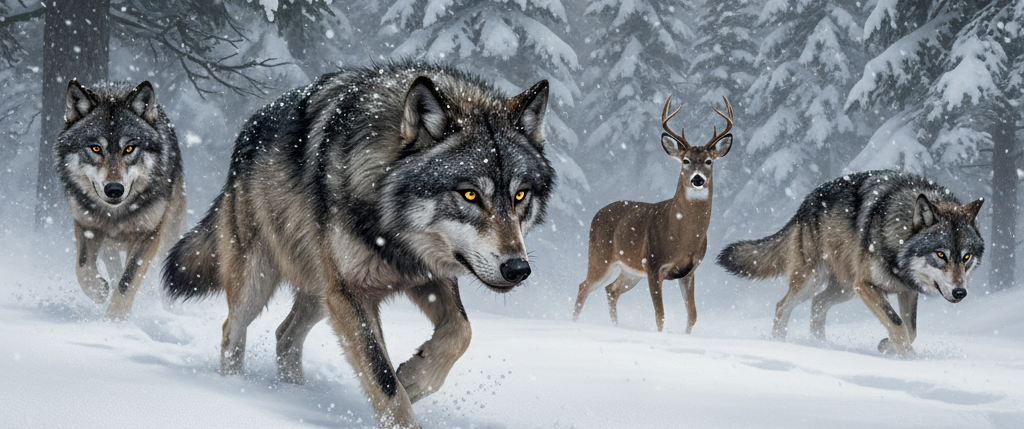Wolves, iconic symbols of wilderness and resilience, are highly social canines whose intricate pack structures and hunting strategies have fascinated humans for centuries. Found across North America, Europe, and Asia, these apex predators play crucial roles in maintaining ecological balance by controlling prey populations and promoting biodiversity. As pets & animals topics evolve, wolves inspire responsible wildlife appreciation, though they are not suitable as domestic pets due to their wild nature—highlighting the importance of conservation efforts amid human-wolf conflicts in modern landscapes.

Evolutionary Origins and Pack Life
Wolves (Canis lupus) evolved from ancient canids around 1-2 million years ago, adapting to diverse habitats from Arctic tundras to temperate forests. With over 30 subspecies, like the gray wolf and endangered red wolf, they exhibit remarkable physical traits: keen senses, powerful jaws, and endurance for long pursuits. Packs, typically 5-12 members led by an alpha pair, function as family units where cooperation is key—subordinates help raise pups, share hunts, and defend territory through howls that coordinate and warn.
Behaviorally, wolves communicate via body language, scents, and vocalizations, with play fighting strengthening bonds. Their intelligence shines in cooperative hunting: encircling prey like elk or moose, using strategy over brute force. Geographically, reintroductions like Yellowstone’s 1995 program demonstrated trophic cascades—wolves reduced overgrazing, allowing vegetation and rivers to recover, benefiting species from beavers to birds.
Wolves in Human Society and as “Pets”
Historically, wolves feature in folklore as both villains (Little Red Riding Hood) and guardians (Roman myth of Romulus and Remus). Today, media like “Game of Thrones” with direwolves romanticizes them, but real wolf-dog hybrids as pets often lead to challenges—aggression, escape tendencies, and legal bans in many areas due to rabies risks and wild instincts.
Instead, animal enthusiasts support sanctuaries like the International Wolf Center in Minnesota, where observation and education promote ethical interactions. Wolf tracking tours in places like Canada offer non-invasive ways to appreciate them, emphasizing that true companionship comes from dogs, wolves’ domesticated descendants.

Conservation Status and Human Challenges
Many wolf populations are threatened: habitat fragmentation, poaching, and livestock conflicts have reduced numbers, with the IUCN listing some subspecies as endangered. Conservation successes include Europe’s wolf recovery through protected areas and compensation programs for farmers. In the U.S., debates over delisting from the Endangered Species Act highlight tensions between ranchers and ecologists.
Climate change exacerbates issues, altering prey migration and increasing human encounters. Initiatives like camera traps and GPS collars aid monitoring, while community education reduces fear-based killings.
Wolves’ Enduring Legacy and Future
In 2025, genetic research reveals wolves’ adaptability, informing breeding programs. For pets & animals fans, adopting wolf-like dog breeds (e.g., Huskies) ethically satisfies admiration without harming wild populations.
Wolves teach us about unity and ecosystem interdependence, urging balanced coexistence in a shared world.
